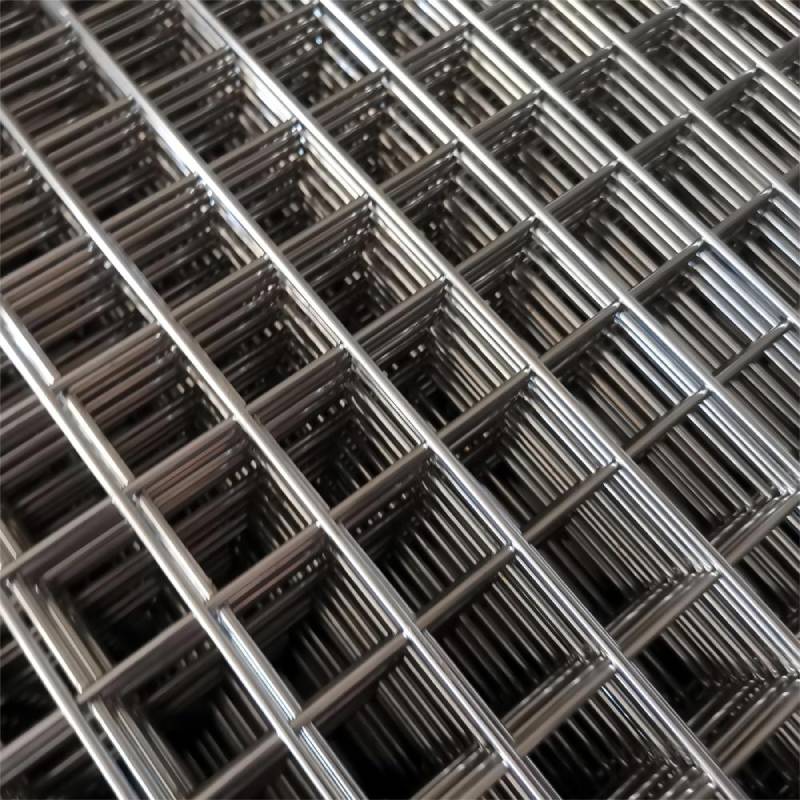Welded Barbed Wire Fence | Durable & Secure Fencing Solutions
The Evolution and Importance of Welded Barbed Wire Fences
Welded barbed wire fences have gained significant traction in agricultural, industrial, and residential applications due to their strength, durability, and effectiveness in providing security and boundary delineation. This article explores the evolution, benefits, and various applications of welded barbed wire fencing.
Historical Background
The concept of barbed wire dates back to the late 19th century, with the original designs primarily focused on protecting farmland and cattle. Traditional barbed wire consisted of twisted strands with sharp barbs to deter animals and intruders. However, the introduction of welded barbed wire revolutionized the field. With the advancement of welding technologies, manufacturers began creating a more robust variant that offered enhanced durability and ease of installation. This innovation addressed many limitations associated with conventional barbed wire, leading to increased adoption across various sectors.
Structure and Design
Welded barbed wire fences are composed of steel wire that has been welded at regular intervals, forming a solid structure that significantly enhances its strength. The barbs are typically spaced evenly along the strands, providing added security and making it difficult for animals or humans to breach the fence. The welding process ensures that the barbs remain firmly in place, reducing the risk of wear and tear over time.
The thickness of the wire can vary, allowing for customization based on specific needs. Thicker wires offer increased protection, while lighter gauges may be employed in applications where less sturdiness is required. Additionally, welded barbed wire fences can be galvanised or coated to resist corrosion, further extending their lifespan.
Benefits of Welded Barbed Wire Fences
welded barbed wire fence

One of the primary advantages of welded barbed wire fences is their unmatched strength and durability. Unlike traditional barbed wire, which can become loose over time, welded barbed wire maintains its integrity, providing long-term security. This feature makes it particularly suitable for environments with harsh weather conditions and where animals may feel compelled to push against the barrier.
Furthermore, the installation process for welded barbed wire is generally more straightforward. The welded design allows for easier alignment and tensioning, which can significantly reduce labor costs and time. The rigidity of the structure also ensures that the fence remains upright and functional even after extended use.
In addition to security, welded barbed wire fences are often used for demarcating property lines in both rural and urban settings. They serve as a visible deterrent against unauthorized entry while still allowing visibility, which can be crucial in maintaining aesthetic appeal.
Applications
Welded barbed wire fences are widely used in a variety of settings. In agriculture, they protect livestock and crops from trespassers and wild animals, ensuring a secure environment for farming operations. In industrial contexts, they safeguard perimeters of factories and warehouses, deterring potential vandalism and theft. Residential properties also benefit from these fences, providing homeowners with peace of mind regarding their safety.
Conclusion
Welded barbed wire fences have become an integral component of modern security solutions. Combining strength, durability, and cost-effectiveness, these fences serve an essential role across various sectors. As communities continue to prioritize safety and property protection, the demand for welded barbed wire fencing is likely to grow, underscoring its importance in contemporary society. Whether for agricultural use, industrial applications, or residential security, welded barbed wire fences stand as a testament to the evolution of fencing technology.
-
Innovations in Razor Barbed Wire Design TechnologyNewsAug.11,2025
-
Roofing Nail Compatibility with Different Metal Roof TypesNewsAug.11,2025
-
Welded Wire Mesh for Rockfall Protection BarriersNewsAug.11,2025
-
Galvanized Wire Corrosion Resistance TestingNewsAug.11,2025
-
3D Fence Solutions Preventing Bird CollisionsNewsAug.11,2025
-
Using Chain Link Fence for Urban Garden SupportNewsAug.11,2025




